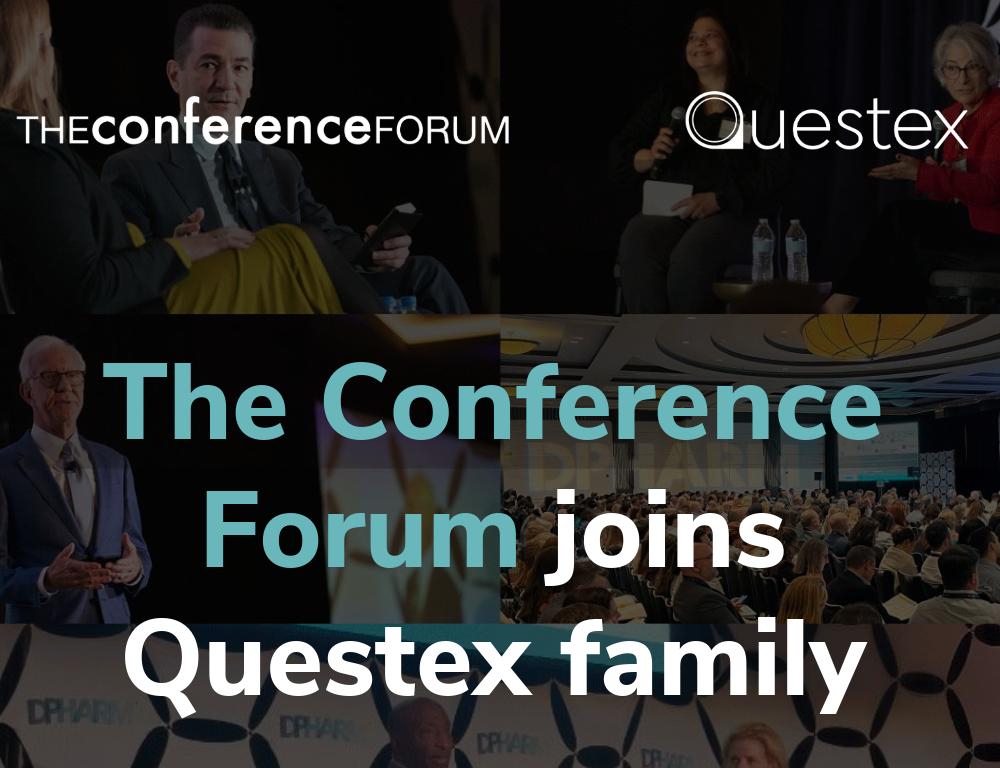How Parexel is Solving for Site Issues in Payment, Technology, and Redundancy
Parexel’s VP, Global Site Alliances, Launch Excellence, Karen McIntyre, tells us how Parexel is partnering with sites and addressing the challenges sites are raising, and gives advice on how sponsors can help to empower sites in delivering clinical trials.

How are you connecting with sites to understand the challenges they’re facing?
One way is through site advisory boards and through our quarterly Site Pulse, which is a forum for sites from different operational models to openly share their feedback on a variety of topics that are important in creating a successful site experience. We bring in senior-level subject matter experts to listen to our site partners, who tell us what they want to talk about, and then in the following quarter we show how we’ve responded and worked to resolve those issues.
We have a nurse medical advisory board, who provide their expertise on catching potential challenges or hurdles in a protocol. They might see something in the protocol design phase that they know will create barriers for patient recruitment and retention.
Finally, we hired the Tufts Center for the Study of Drug Development to conduct in-depth interviews with sites because we wanted to dig deeper in site challenges to uncover the root causes, provide sites with an opportunity to share their suggestions to fix them, and then identify ways that Parexel could make real changes to resolve these challenges. What the Tufts survey validated for me was that sites aren’t looking for shiny new toys. They are looking for good business practice, effective communication, and to collaborate with them as strong partners.
"We can't help sites to be successful if we don't understand what their challenges are, partner closely with them and make sure that we are not increasing the burden for them."
What are some of the challenges that sites have raised?
One is regarding payment, and the timely delivery of payment. The site landscape has changed exponentially. Fifteen years ago, the majority of sites were large academic institutions, and we now have a considerable number of large site networks and dedicated research sites. They dedicate their teams to clinical research, and they have to run a business. So, it matters to them if their payments are late. Site staff salaries and overhead all must be paid on time. Delinquent payments put a tremendous strain on sites.
Additionally, there is the issue of the withholding clause. In the past, for example in the 1990s, when we were conducting clinical trials, the golden nugget was the data. It took a long time to get that data so 10% of the site’s payments were put aside until after the study had ended and the sponsor had that data. That isn’t the case anymore; we get data much more quickly, and there has been an improvement over the past years with a reduction of the withholding clause, but there is still this withholding clause applied to site contracts. Sites still have to pay their taxes based on earned revenue; they have to pay their overhead costs and their staff.
How has Parexel resolved some of those payment obstacles?
One action Parexel has taken is to remove the withholding clause in our contracts. We also have an integrated payment system that gives sites visibility into their payments. It’s not a mandated system, but it does give sites more transparency, a place to see where their invoices are, to submit invoices, etc.
Technology burden is a common site challenge. What can you tell us about what concerns sites have voiced?
It comes from good intention, and the technologies themselves in general work, but they aren’t interoperable. Sites must log into 20-30 different systems every day. We also hear from sites about the burden of having to change the password for 30 different systems every six weeks.
That level of technology burden has a serious impact on the coordinators. Not only does it mean that they are spending time managing systems rather than time spent with trial participants, but it’s also requiring them to be more tech-savvy than research-savvy. The increase in tech also increases training requirements, often the training is redundant as sites are familiar with the systems. Our data and IT division is focused on understanding the systems we’re deploying, and how we can reduce the necessary number, with the ultimate goal being one platform to support the trial staff managing the study.
What are the issues in redundancy that sites have raised?
First, redundancy in training. The training package from three or four decades ago has not caught up with the way that we’re conducting research today. Today, we have study staff, principal investigators, sub-investigators, and study coordinators who are extremely experienced and qualified nurses and physicians. Yet we’re still sending the same training as though every study is their first study. We must acknowledge their experience and their qualifications to ensure that what we’re asking them to do is a purposeful value proposition.
Second, redundancy in questionnaires. Currently sites can spend 40 hours a month completing questionnaires. If we’re asking them to do that, it leaves them with less time to perform clinical trial procedures. What we’re working on is a smaller feasibility questionnaire and leveraging our investigator database. The first question would become, “Has anything changed since our last interaction?” If the answer is “No,” sites can advance to the part of the feasibility focused on whether they have the patients for this study.
What work are you leading at Parexel to better partner with clinical trial sites?
My role is to build strong relationships with sites in our Site Alliance program, and to make sure that at Parexel, we understand the downstream impact of our decisions and how they impact sites. The foundation of my work is an understanding in the industry that we cannot be successful if sites aren’t successful.
We can't help sites to be successful if we don't understand what their challenges are, partner closely with them and make sure that we are not increasing the burden for them. When we increase the amount of time they’re spending on technology, the amount of time they are in redundant training, that means they have less time to spend with potential clinical trial participants.
You’re also responsible for patient recruitment. How are you leveraging both aspects of your role to enhance the other?
The patient recruitment team sits at the same table as our Site Alliance because we need our sites to find the right patients for the right studies. We must understand our sites, their patient populations and their resources, to know if we can recruit the right patients at those sites, as well as how we can best support them to do so.
When we look at protocols, we need to understand where these patients are, how complex the study is, what the impact is on the patient’s daily life, and what the necessary resources are, etc. Sites know their patients better than anybody, so having them involved in the recruitment strategy is critical. Sites can also provide insights into potential patient barriers. As an example, they might look at a study with one seven-hour visit and know that it will be a huge hurdle for patients to overcome. Some of that we can address through stipends, travel, etc., but it’s only through having nurses and investigators at the same table as the sponsors that we can think through the solutions for these hurdles.
"Sites know their patients better than anybody, so having them involved in the recruitment strategy is critical. Sites can also provide insights into potential patient barriers."
What is the challenge that sites were facing that led Parexel to focus on personalizing recruitment materials?
We know from the 2024 SCRS site landscape survey that over half (53%) of sites are paying out of pocket for patient-facing materials because what they are receiving from the sponsors won’t work for their patients. To address that, we convened focus groups with sites of different therapeutic areas, sizes and models, and learned that there is no one-size-fits-all when it comes to patient-facing recruitment materials.
We’re working with sites to create templates for patient recruitment materials, in which we have several different graphics that sites can select to customize their materials and create materials that reflect their actual patient population.
How can sponsors be proactive in helping sites face future challenges?
We need to be asking the sites for input proactively. When we’re thinking of developing a new system, we need sites at the table. We need to understand what their thoughts are, and I can say from experience that we see that attitude much more often.
One of the most important things we can do is use good business practice. Before we start a study, we want to make sure that we communicate well with sites, that we understand their business and their behavior and we discuss what our sites want the communication plan to be.
We make sure that our CRO staff and the sponsor have their telephone number in their e-signature so that sites can reach out when they need to. We’ve seen that, when there is respectful communication, that there are strong partnerships as a result and issues that might’ve been big escalations don’t escalate because we can sit down together and resolve.









